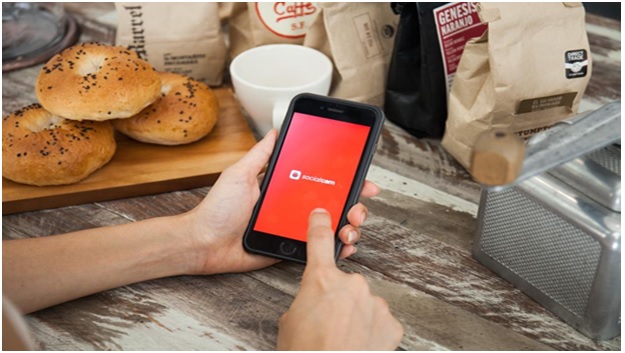Your brand is one of the most important elements of your marketing strategy, yet for many business owners and entrepreneurs, it is one of the least well-understood. Even defining the term, “brand” is difficult to do—Anderson University does an excellent job by channeling author Mary Neumeier: “A brand is a person’s gut feeling about a product, service, or company”.
How does that definition translate to the customer experience, however? The most important part of that definition is the fact that it is based on the customer, not on you. Every customer that interacts with your business feels the response your brand elicits. If that response changes at some point, you are not exhibiting brand continuity.
What is Brand Continuity?
The idea of brand continuity assumes that you already have a working idea of your brand and its effect on your potential customers. At every point that you make contact with your customer, whether that’s on your website, in a store, or through a phone representative, you want to ensure that your business has the same effect. By adjusting your marketing strategy and materials, you can ensure that your brand carries this sense of continuity, leading to happier and more loyal customers.
Brand continuity is a major part of what leads a potential customer to decide that your product is intended for him or her. Companies without a sense of brand continuity alienate potential customers by sending them mixed signals.
Consider a restaurant, for example: On the restaurant’s website, the place might look like an exclusive upscale place for family dining. On the same restaurant’s Facebook page, however, the restaurant seems more fit for a younger crowd, ideal for local college students to spend their downtime. Any customer that experiences both of these points of contact will have to dig deeper to figure out what kind of restaurant it is, and most typically will not bother.
How to Create Brand Continuity
Making your brand continuous can be done simply and easily, using the tools already available to you through social media. Consider any of the following six strategies for your business:
- Communicate With Your Social Media Audience. Often, social media is the first place potential customers will interact with your brand. The more active you are at answering customers’ questions and responding to comments, the more relieved your audience will feel as a result.
- Keep The Lines Open For Criticism. Since you are now communicating with your audience instead of posting one-way promotional messages, you will inevitably run into criticism. Use it to demonstrate that your company is listening and willing to provide solutions and right wrongs for customers.
- Keep Your Graphics Consistent. Design your social media pages to correspond with one another and with the rest of your marketing materials. Whether dealing with online infographics or invoices and receipts, you want to reassure your customer with familiar visual cues. Business cards are an excellent standard-setter for first impressions, and free personalized business card makers such as Shopify’s can help you create these important materials in a way that is consistent with your existing brand.
- Consider Your Colors. There is no reason not to liberally apply color to your marketing materials both online and in print. Chances are that your logo uses one or two bold colors that serve to identify your brand; make sure those colors are well-represented at every point of contact that you share with your customers. One of the best examples of this comes from Target—few companies get better use out of two simple colors than them.
- Use Images With Personality. Your brand cannot exist without a healthy dose of personality, and in the age of social media you can feel free to knock yourself out in this department. Take a look at your cover images for Facebook and Twitter—now go look at Moz. You should notice that the image is loud and unique; any customer will immediately identify the company just by looking at the picture.
- Get Everyone On The Same Page. Creating brand continuity in social media is not solely the responsibility of your marketing team. Every single member of your team has to be in on it and understand what your customers expect. Top-level management and entry-level staff members alike should have a clear idea on how to meet those expectations the same way your social media team does.
With these tips in hand, you should have all the information you need to create an immersive customer experience from any of your social media accounts, and to tie those accounts together with a continuous brand. A small amount of attention to these details can have an enormous effect on your customer’s loyalty and satisfaction, so take them to heart and watch your business grow.








